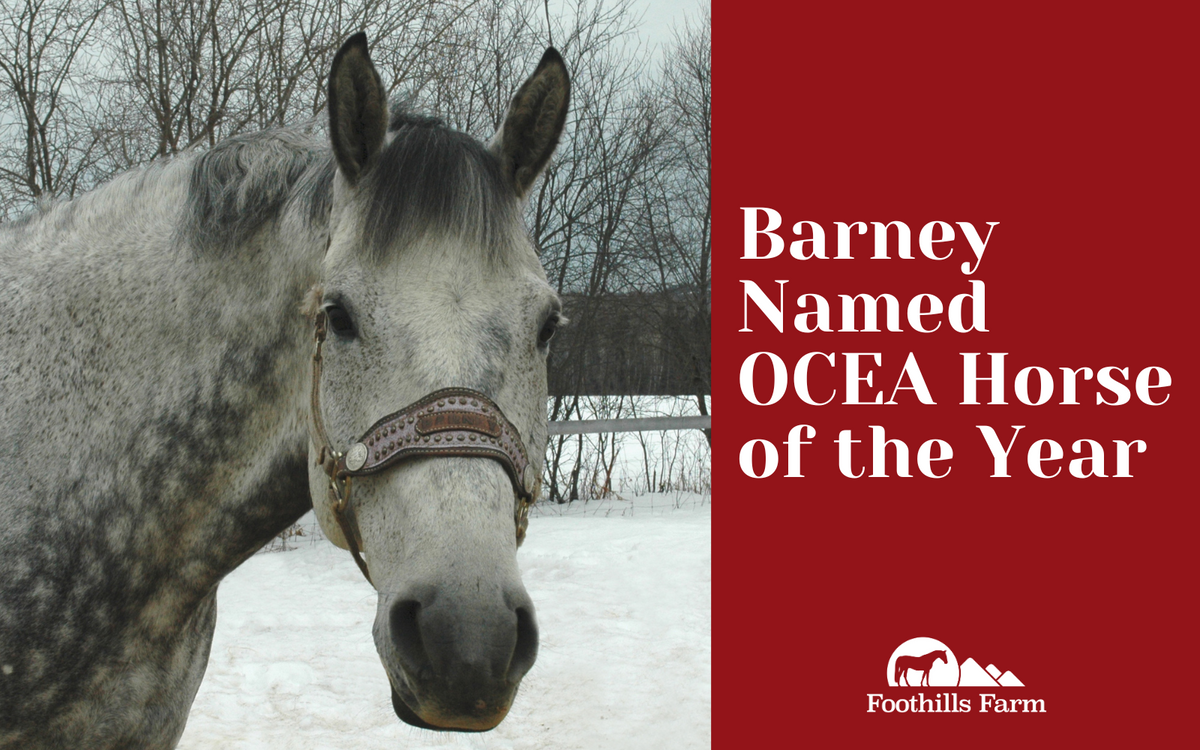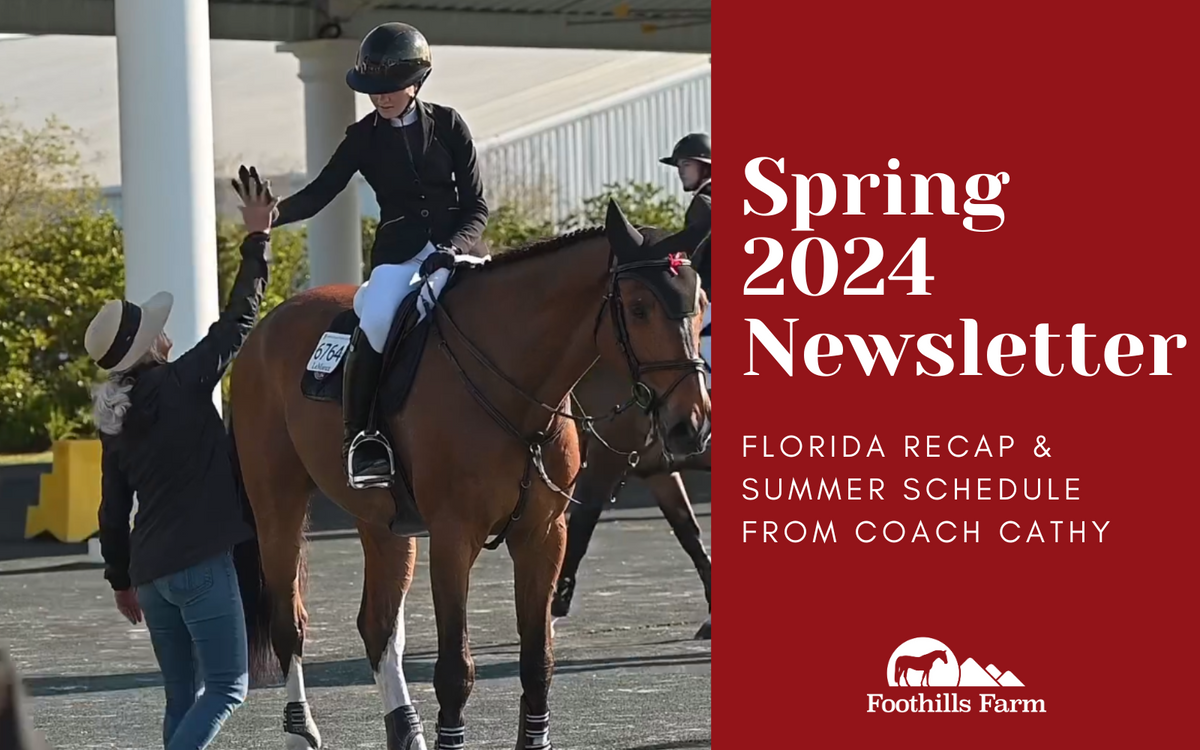What Your Farrier Wants You To Know

“No foot, no horse,” is Andy’s favourite expression. He is the lead farrier who tends to the hooves of Foothills Farm. Similar to when a human wears the wrong pair of shoes for an activity, a horse needs the proper care for their feet so they can perform at their best. Sore feet can lead to body soreness, performance and behaviour problems, all of which makes hoof care an extremely important part of riding.
Coming from a long line of blacksmiths, Andy followed in his ancestor’s footsteps to become a well known farrier. He is the farrier of choice for Team Canada at many Pan American Games and has worked at the Olympics in Tokyo, Rio, and Athens.
Be Preventative
When the farrier is shoeing your horse is not the only time to get involved in your horse’s hoof care. Take a preventative approach and spend time tending to your horse’s hooves to either prevent issues, or spot them early. Waiting until your farrier comes out to treat the problem is often too late. Hoof care is not just picking out the hoof. It can also be ensuring that your horse’s stall is properly bedded, that your horse is not standing in mud all day, or by applying products.
Remember that the hoof is the most important body part of your horse, so you should treat it with the same attention and care that you give to their muscles and coat.
Time to Learn
The best thing you can do for your horse’s hooves is to learn. Take the time to learn about what a farrier does. Having that understanding will help you talk to your farrier about your horse’s needs, and to spot problems before they develop. The internet is full of resources that you can use to learn more about hoof care, or just talk to your local farrier!
If your horse is having issues with their feet, you should be at the barn when your farrier is shoeing your horse. Ask questions and learn about what your farrier is doing to combat the issue and what you can do to help from a maintenance standpoint.

Learning about the soil conditions in your area are also helpful too. In Ontario, the soil has a lack of selenium, one of many nutrients that your horse’s hooves need. Understanding the environment your horse lives in can help you find a proper hoof supplement and products to combat those issues.
Hoof care is extremely important and should be taught to every rider, new or old!
Get the products
Not all horses need to use products for hoof care, but many do. Talk to your farrier to determine what hoof maintenance routine your horse needs. Here are some of Andy’s top recommended products:
Hoof Power - Andy’s supplement of choice. He recommends starting your hoof care routine from the inside by putting your horse on supplements to ensure the hoof is getting the required nutrients.
Hoof Doctor - Andy’s favourite hoof oil. The betulin, omega-3 and Vitamins A and D are great for preventative and corrective maintenance of hooves. It helps kill bacteria and fungus, maintain proper moisture and heal open abscessing areas.
Cornucrescine Hoof Ointment - An oldie but a goodie that requires the most dedication to hoof care. The best way to make this product work effectively is to massage it into the coronet band with a little brush. You have to spend 2-3 minutes on each hoof to get results.
Secret to Thrush Care
Want to know a secret? The best (and cheapest!) thrush cure is a product that is found in your kitchen. Vinegar!
As with any thrush preventative product, you have to apply it properly. Most riders pick out their horse’s hooves, give it a quick brush and then slap some purple or green thrush product on and call it a day.
To get the best results you should be properly cleaning out your horses hooves, removing ALL the dirt from the thrushy crevasses. Once all the dirt is out and the thrush is revealed, then you can apply vinegar (or a thrush product of choice) to the area. If you do not properly clean out all the cracks, then you are just mixing thrush product with dirt instead of treating the bacteria itself.
No I in Team
Farriers are just one piece to a horse’s care team. It might take a village to raise a child, but for horses, it takes a team of professionals working and communicating together to ensure the best care for your horse.
Be the team leader, make sure that everyone is working together to provide the best care for your horse. Make sure you are communicating with your farrier on a regular basis and keep that line of communication open. More communication between team members will not only help your horse perform better, but you will be able to diagnose and treat injuries faster.
With these tips from Andy, you are well on your way towards having the best hooves in the barn!

Also in Blog

Barney Named North Zone Horse of the Year by OCEA
Foothills Farm is thrilled to announce that Barney has been named the North Zone Horse of the Year at the Ontario Collegiate Equestrian Association (OCEA) Year-End Banquet!




